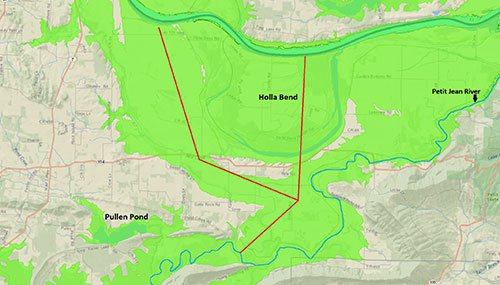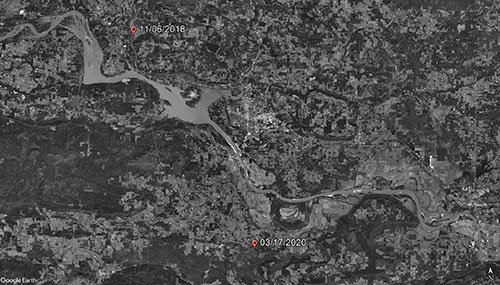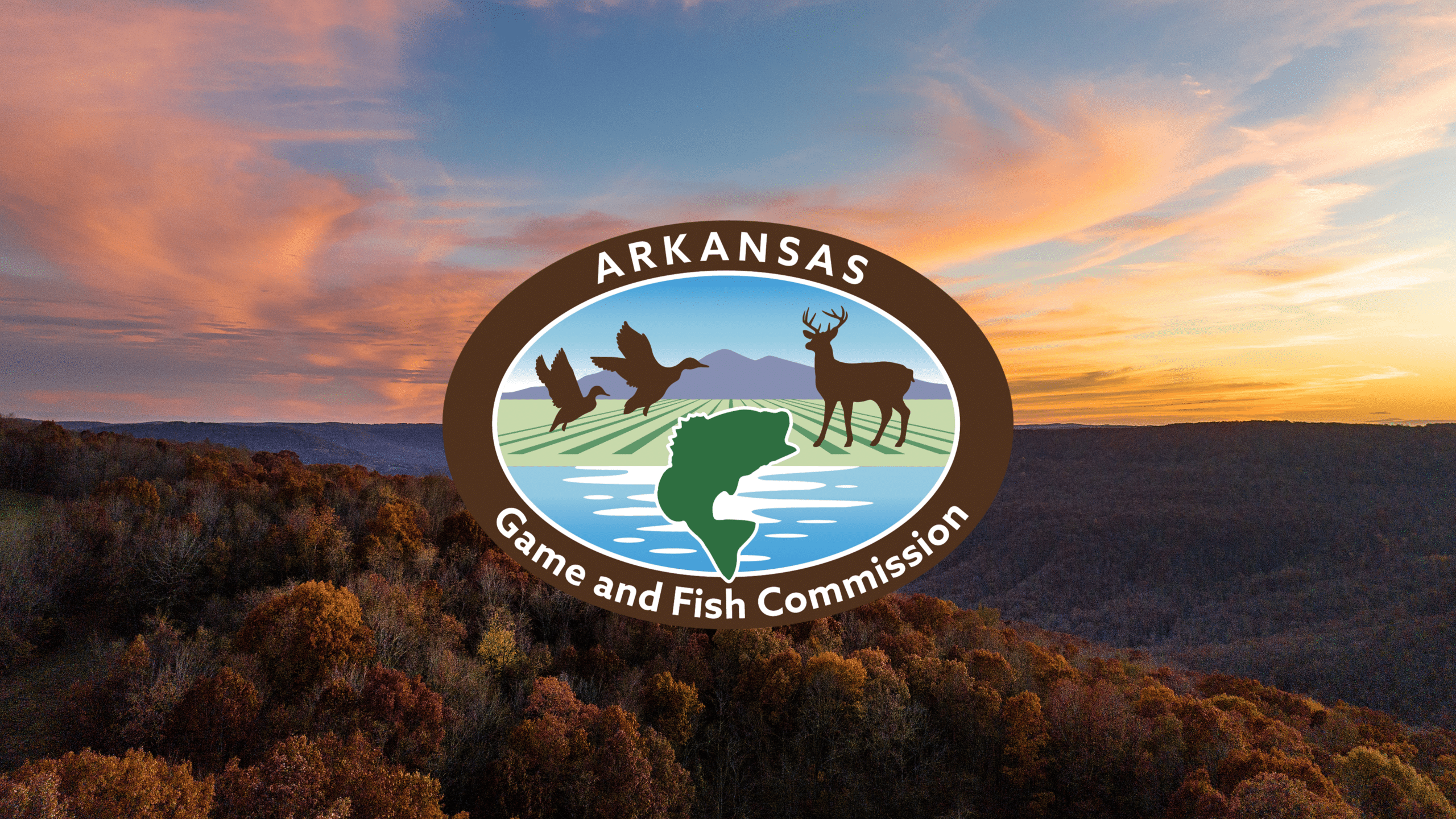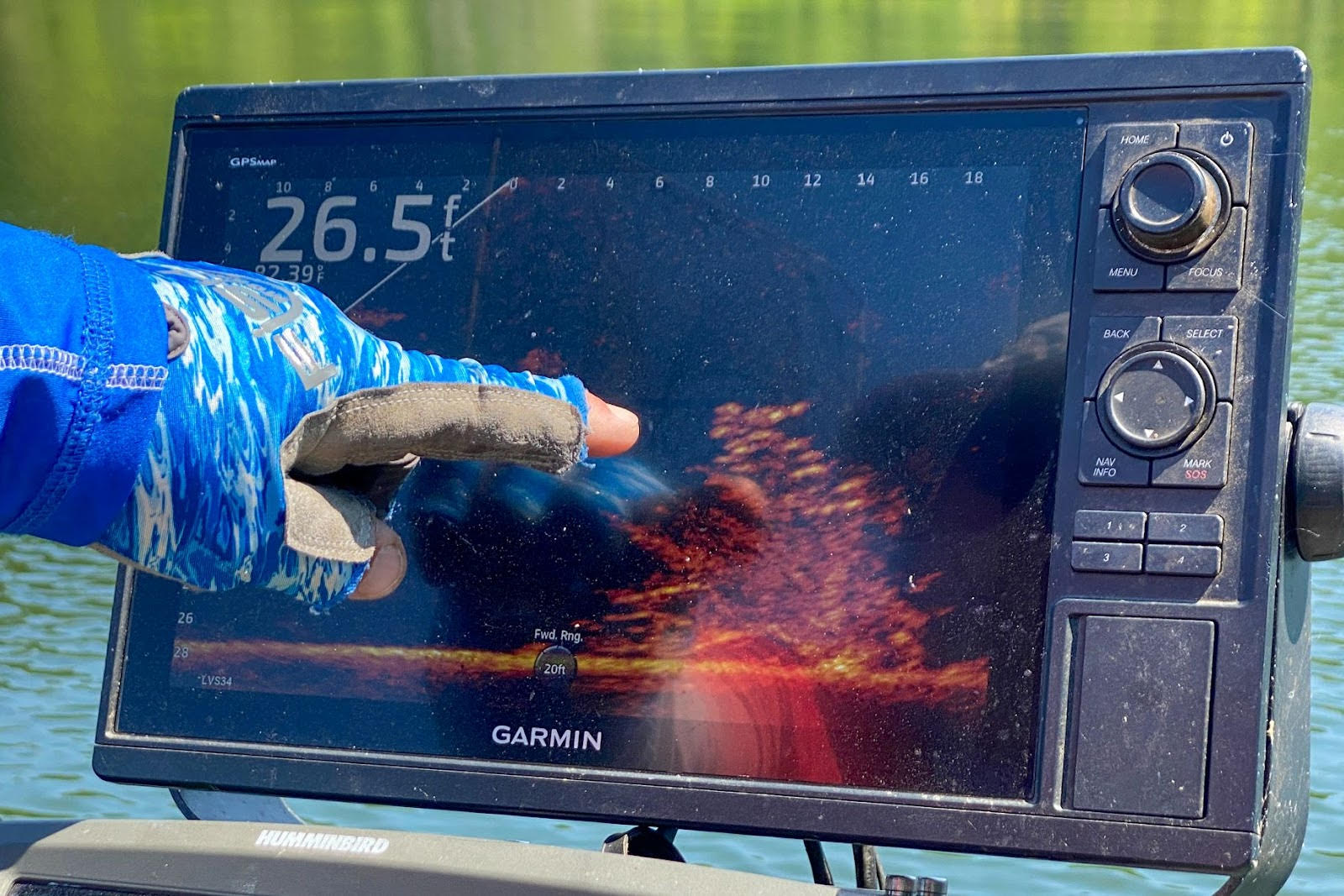Tagged crappie from Dardanelle study wanders 32 miles to new home
BY Jim Harris
ON 04-22-2020

April 22, 2020
Jim Harris
Managing Editor Arkansas Wildlife Magazine

RUSSELLVILLE – It’s natural that anglers and conservationists would be concerned about heavy flooding and how it could affect Arkansas fisheries. Spawning periods that coincided with major spring floods last year will be affected. Some fish production years aren’t as good as others, but it’s okay, biologists say. This helps keep sport fish and the populations of the fish they feed on in balance.
It’s also good to learn through studies that adult populations aren’t seriously affected, but rather prove pretty strong survivors of the conditions. Anglers have reported over the past winter catching many fish from a 2018-19 Arkansas Game and Fish Commission tagging study, showing that adult crappie survived the historic 2019 flooding.
One crappie, though, proved to be quite the resilient survivor, and showed they can handle floodwaters and end up miles from their starting point.
A tagged crappie that was part of the 2018-19 AGFC Fisheries Division study on Lake Dardanelle was caught last month below Pullen Pond, near the Petit Jean River Wildlife Management Area. The fish had been tagged in the Piney Bay area of Lake Dardanelle.
“At first they called us and we said, ‘Man, that fish would have had to go up and down a long, winding route of waterways totaling more than 50 miles to the spot it was caught,” said Nick Feltz, AGFC fisheries biologist in the Russellville office. “Then we looked at the map and saw the Holla Bend (National Wildlife Refuge) levee breach and that would make a lot more sense as to how that crappie got there, after it went over the Dardanelle Dam. That fish traveled, in my approximation, 32 miles.”

Feltz said the 12-inch female black crappie, according to the angler who caught it, was loaded with eggs, showing that she was ready to spawn again despite the tough conditions and long move.
The 2018 tagging of 800 crappie, including this one, was undertaken to help biologists estimate the proportion of the adult crappie population being caught and harvested by anglers at Lake Dardanelle. The study determined the number was 44 percent, which Feltz said was “very much in the range of what we see for other quality crappie fisheries in this area” such as Harris Brake Lake, Lake Overcup and Craig D. Campbell Lake Conway Reservoir, which had similar estimates in earlier studies.
“The floods we’re seeing seem to keep happening more and more frequently,” Feltz said. “We get some concern and questions from anglers, ‘What is this going to do to the fishing?’ Typically spawning success is going to be susceptible to these floods; but the adult crappie are likely unaffected. This tagged crappie caught around Pullen Pond, offers some added support to confirm how resilient these fish can be.”
Other examples of adult crappie surviving are showing up closer to their original home, he noted. “The vast majority are in the same basic bay system,” Feltz said. “That would be Piney Bay, the Spadra creeks, Shoal Bay and Illinois Bayou. That is where we collected the majority of our crappie for the tagging study.”
But then there’s always that one who was born to wander.
Recent News

AGFC Commissioner Meeting Notice
Jul. 8, 2025

AGFC fish attractors unlock offshore fishing code
Jul. 8, 2025
Subscribe to Our Weekly Newsletter E-mails
Don’t miss another issue. Sign up now to receive the AGFC Wildlife Weekly Newsletter in your mailbox every Wednesday afternoon (Waterfowl Reports are published weekly during waterfowl season and periodically outside the season). Fishing Reports arrive on Thursdays. Fill in the following fields and hit submit. Thanks, and welcome!
